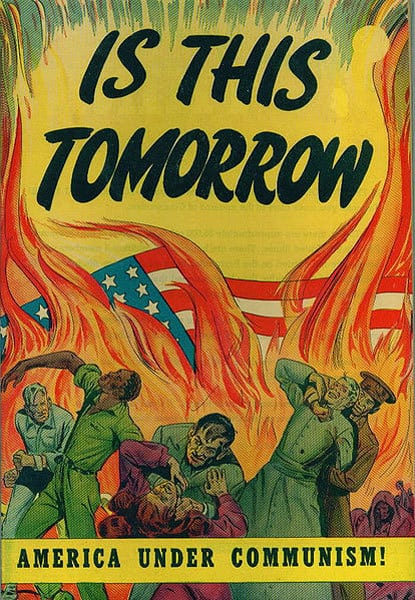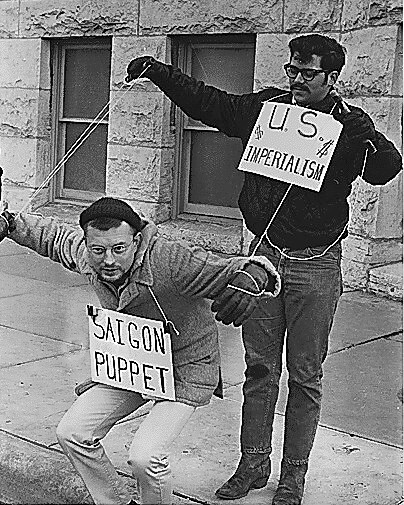Christina Steiner and I are in a group. For our topic we are looking at the 1950’s Red Scare in America. The generative question we have right now is “How does a nation develop such an intense fear and enemy, creating mass hysteria?”
For this DBQ we will be looking at what the media produced and the tactics they employed. Of course there are plenty of propaganda posters depicting the “evil commies,” as well as “informational” videos created about the communist threat. We are also thinking of having the students read an excerpt from the McCarthy hearings, and possibly newspaper clippings from the time, so the DBQs will not be all image based.
Hopefully students will be able to use the material to see the different ways people were influenced by imagery in the media to believe in the communist threat. Students will be able to see what tactics the media used to scare citizens.
Students will be able to look at the DBQ, whether it is images or documents, without any previous knowledge of it and point out different aspects that either promote or reject a certain group, person, or country. Students can then answer questions such as: what is it saying about that group? How does it say it? Etc.
Additionally the generative question can span to almost any war era or period of fear. Also students will be able to draw connections between how media portrays the “wrong” thing today, to how it did in the 1950s.


